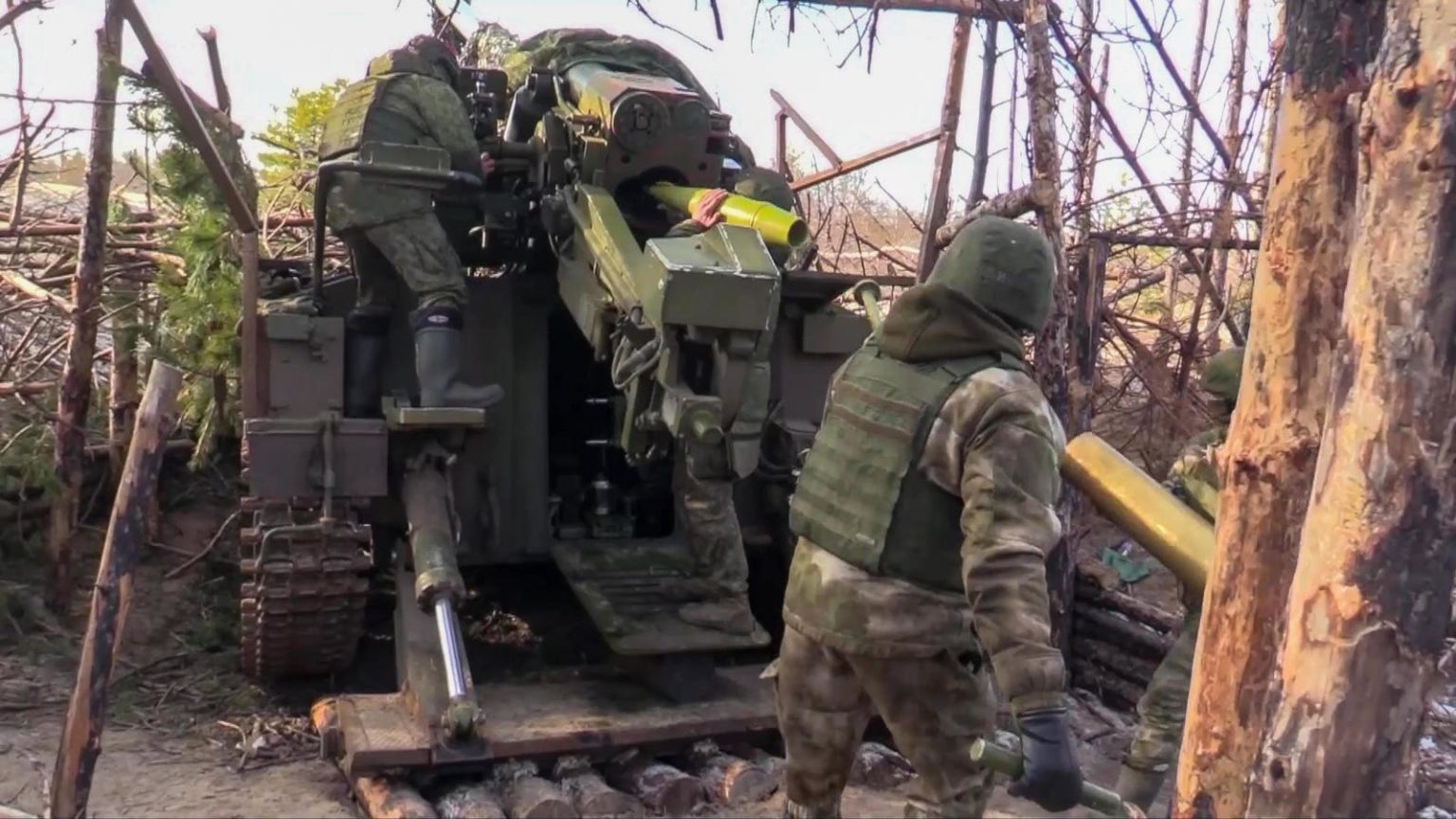North Korea is playing an increasingly active role in the Russia-Ukraine war, with recent reports discussing the arrival of North Korean soldiers to support Russian military operations. While it is unclear the impact that these soldiers will have on the broader conflict, North Korea has already played a significant role by supplying artillery shells and rockets to Russia. With multiple media outlets reporting on these shipments this past summer, a recent report from the Kiel Institute underscores the importance of this ammunition. The Russian military has been expending more artillery rounds than its defense industry can produce, and as Ukraine experienced last year, an artillery ammunition shortage can lead to tactical losses. Consequently, Russia has turned to North Korea to address this shortfall.
The Russian military relies heavily on artillery as its preferred method of engaging adversaries. Despite this central role, Russia’s current artillery expenditure rate is excessive, averaging over 10,000 rounds per day. For perspective, the German military would exhaust its entire stockpile of artillery rounds in just two days at this firing rate. During major offensives, Russia’s artillery usage has even surged to 60,000 rounds in a single day.
Given the current state of the war, Russia’s artillery usage rates will increase as it conducts offensive operations along a broad 600-mile front. Many Russian units involved in these actions lack the training needed to accurately target Ukrainian positions. They therefore compensate by firing a large number of rounds into an area, hoping to hit targets by sheer volume. This approach is quite inefficient, with open-source analysts like Oryxspioenkop reporting that Ukraine is only losing approximately 20 to 30 pieces of military equipment per day despite the large number of rounds fired.
Russia’s ammunition production capacity and stockpiles cannot sustain this level of usage. The Russian defense industry is estimated to have surged production levels up to 3 million rounds annually. Even at these levels, the current expenditure rates exceed what can be produced, resulting in having to pull rounds from the Russian stockpiles. If these stockpiles were to be depleted, Russian forces would not have the requisite ammunition necessary to continue their military operations.
Russia’s challenge is intensified by the specific calibers required for its artillery rounds. Russian forces depend on 122mm and 152mm rounds—Soviet-era sizes distinct from NATO’s 155mm standard. While some countries still use Soviet-era 122mm and 152mm systems, many are transitioning to NATO’s 155mm standard. For example, India is phasing out its 122mm howitzers in favor of domestically produced 155mm models, aligning with a broader trend. As a result, few countries can manufacture the Russian-specific calibers, and even fewer would be willing to supply them to Russia, given the likely international backlash, particularly from Western nations.
North Korea is one such country that could meet Russia’s artillery needs and has historically not been concerned with Western backlash. It possesses a large artillery arsenal, most of which are Soviet-era models firing 122mm and 152mm rounds. Like Russia, North Korea emphasizes artillery in its military doctrine and maintains robust production lines of artillery shells and rockets. Its longstanding defense investments have created a relatively self-sufficient industry capable of producing Soviet-standard caliber ammunition. North Korea’s ammunition facilities are extensive, with an annual production capacity of 2 million artillery rounds, which can surge to 6 million rounds if needed.
North Korea has reportedly already provided Russia with an estimated 4.8 million artillery shells and rockets in exchange for advanced Russian technologies. The two countries have also established agreements to continue supplying these rounds. With these additional rounds, Russia can sustain their current expenditure rates, replenish their stockpiles, and allow for increased artillery demand to support offensive operations. Further, this influx of ammunition allows the Russian defense industry to shift focus toward producing other essential materials and equipment, including drones, guided missiles, and electronic warfare equipment.
Russia and Ukraine remain locked in a challenging war of attrition that is exceptionally demanding on resources, particularly artillery shells. Just as Ukraine relies on a steady flow of ammunition from NATO to resupply its forces, Russia has turned to North Korea, one of the few countries capable of producing compatible artillery shells at scale. With artillery being central to Russian operations, this ammunition is likely playing a more significant role than the arrival of North Korean soldiers.
Read the full article here





